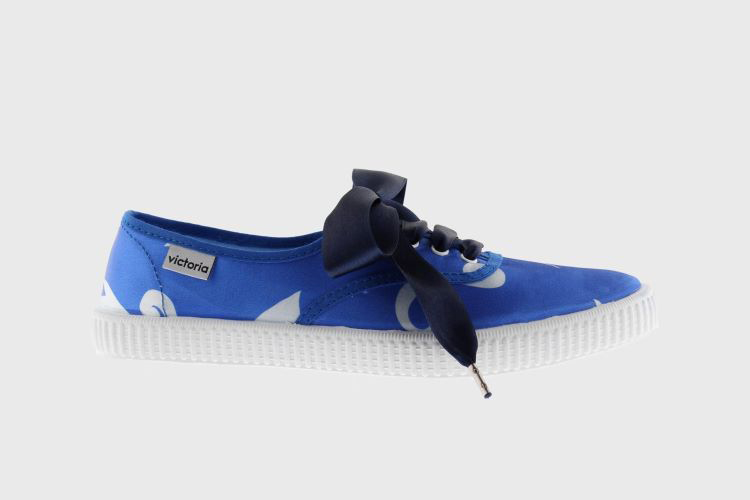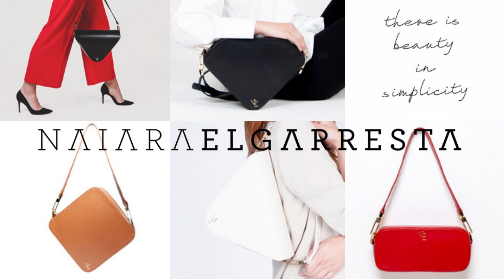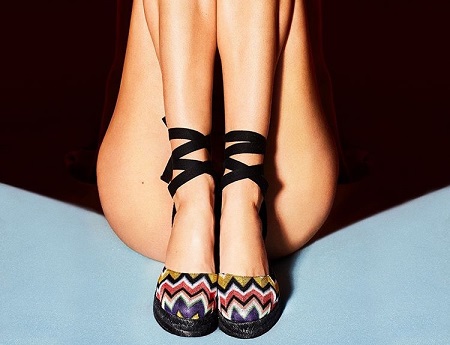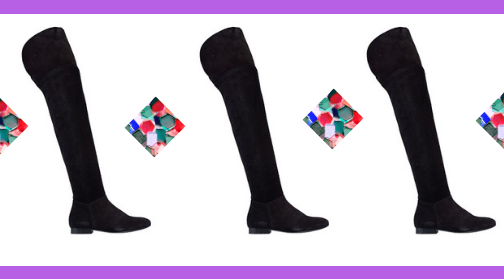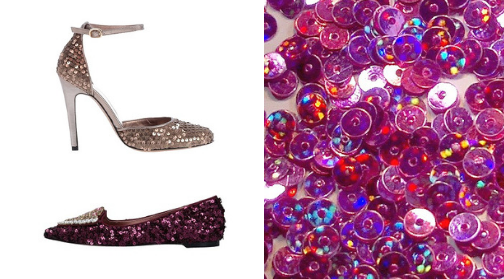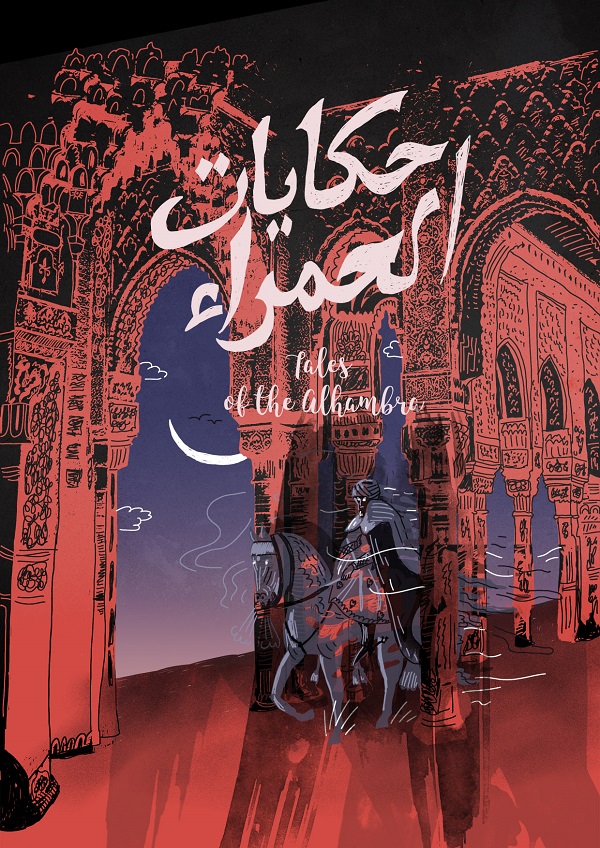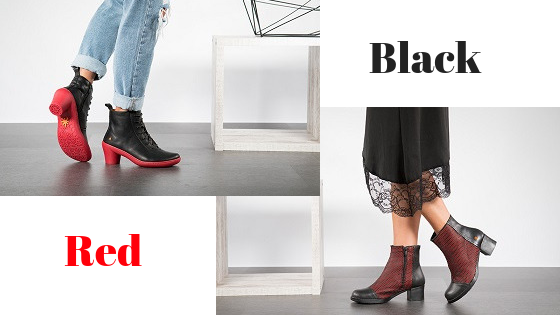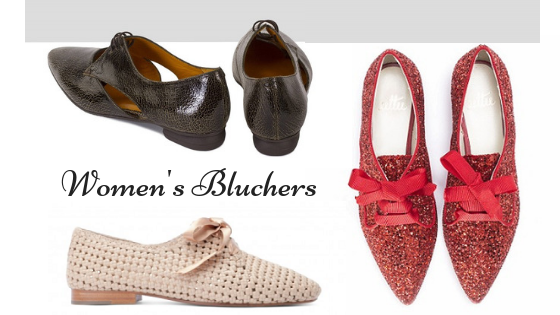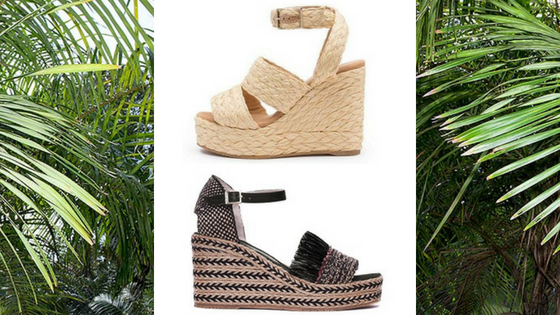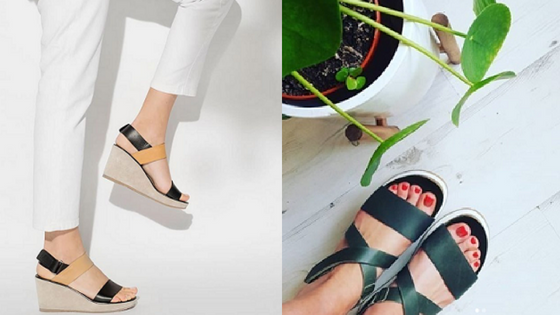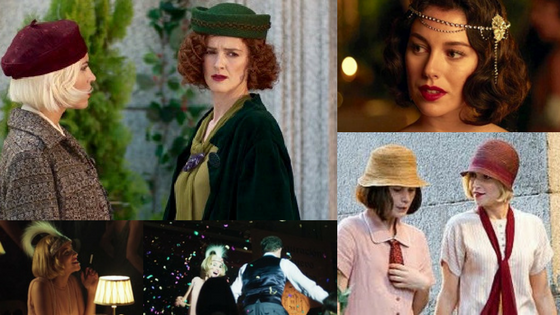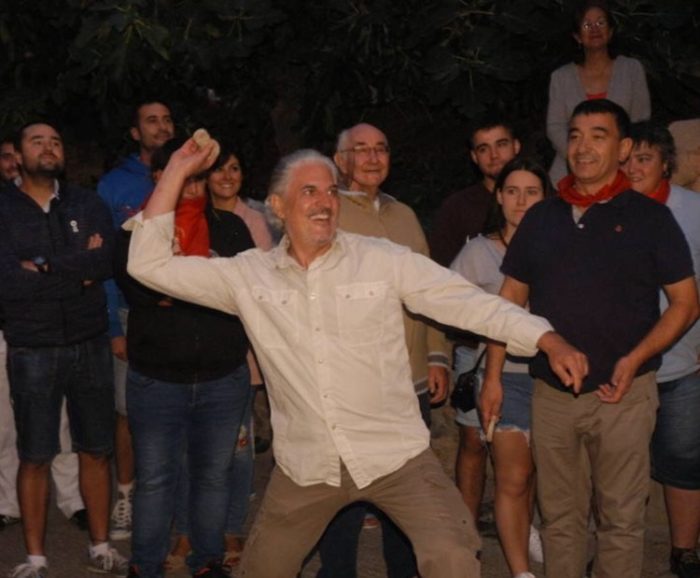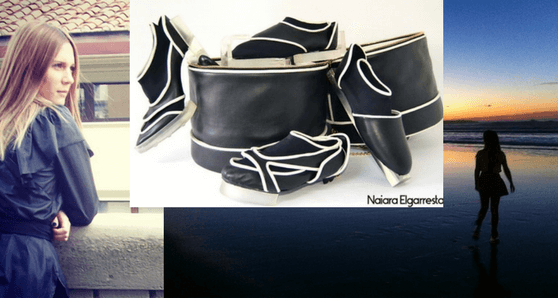There is a new Spanish style icon and her name is
Rosalía.

Musical Rebel
Rosalía Vila Tobella is a young (25 years old) singer and musician who mixes flamenco music with urban or art pop, hip-hop, R&B, you name it, to create magnetic performances and edgy videos that have now earned her millions of fans around the world and two Latin Grammy awards for the song “Malamente” from her 2018 album: “Mal Querer“. Rosalía’s musical style has caused controversy in Spain – her non-traditional approach to flamenco does not sit well with some flamenco circles, but she is forging ahead, professing her love for this uniquely Spanish form of art, but not apologizing for experimenting with it.

Her video to the song “Pienso en tu mirá ” (“Thinking of your gaze”) won the “Best Pop Video” category at the 2018 UK Music Awards. The video to “Malamente” was also nominated for the “Best Styling in a Video” award.

Rosalía’s style is as hard to define as the singer herself. She doesn’t fit neatly into any category and that is what makes her a trail blazer. She is that kid in sweat pants and a crop top dancing a defiant hip-hop in a drab industrial suburb, or the bejeweled gangster chick in a gaudy track suit and faux fur, or a victimized woman hiding her face under a black hood, or a racy flamenco girl in a blood-orange top and tight checkered pants with huge flares on the bottom. It’s as if she was saying: “I’m all these people. And by the way, all this can happen in a life of one person, because life consists of different chapters.”
As it happens, Rosalía’s “Mal Querer” (or “Toxic Love”) album also consists of different chapters. Each is given a name: the song “Malamente” is Chapter 1 (“Omen”), the song “Pienso en tu mirá“ is Chapter 3 (“Jealousy”).

Style Icon

Even though she is now recording with big studios, Rosalía prides herself on being in control of her career and her artistic image. She throws together traditional Spanish and flamenco elements with contemporary urban youth culture essentials to express different facets of her art and her personality. She gets some guidance and advice from her stylist-in-chief: sister Pili (IG @daikyri).


One of Rosalía ‘s favorite colors is orange – the color of joy and creativity. It emits a very strong, vibrant energy. The singer often pairs it with black, the classical color of restraint.

Spanish women have always been great at wearing black. In fact, it was the Spanish who introduced black as a fashionable color in Europe.
During her live appearances, Rosalía likes to dazzle with eye-catching, over-the-top designer pieces like this frilly pink satin two-piece ensemble by a hot Spanish fashion designer María Escoté who also designs for pop divas like Zendaya, Beyoncé, Miley Cyrus (a long-time fan of Spanish fashion), and Katy Perry.
(See a post featuring María Escoté‘s FW 2017-18 collection, which inspired one of
Beyoncé’s latest outfits, here.)

Below, the singer is kicking up a whirlwind of flamenco-esque red and white fringe as she performs her hit “Malamente” at the Starlite Festival in late August 2018.

Rosalía is like Madonna in her twenties – fearless, confident, and bursting with talent. As she is taking the music world by storm, she can’t help influencing people’s fashion choices and become a style icon, just like Madonna did in her day. Except that Madonna did not have an Instagram account with 1.4 million followers to help her.

Influencing people’s fashion choices is not Rosalía‘s goal, of course – she is simply sharing moments of her artistic and personal journey. This journey is taking her to exciting places – the singer appears in Pedro Almodóvar‘s upcoming movie “Dolor y Gloria” (“Pain and Glory”), together with other Spanish megastars Penelope Cruz and Antonio Banderas (see a post that touches on Almodóvar‘s cinematic relationship with Spanish fashion here).

Being in the movies now means that she gets even more opportunities to dress up and tell stories, but it is Rosalía‘s own story – her path to stardom – that makes people like her. You don’t become a true style icon just because people want to look like you. You become a style icon when people identify with you, when they want to BE you.

So, what’s next for the new Spanish style icon? The world is watching with eager eyes.


